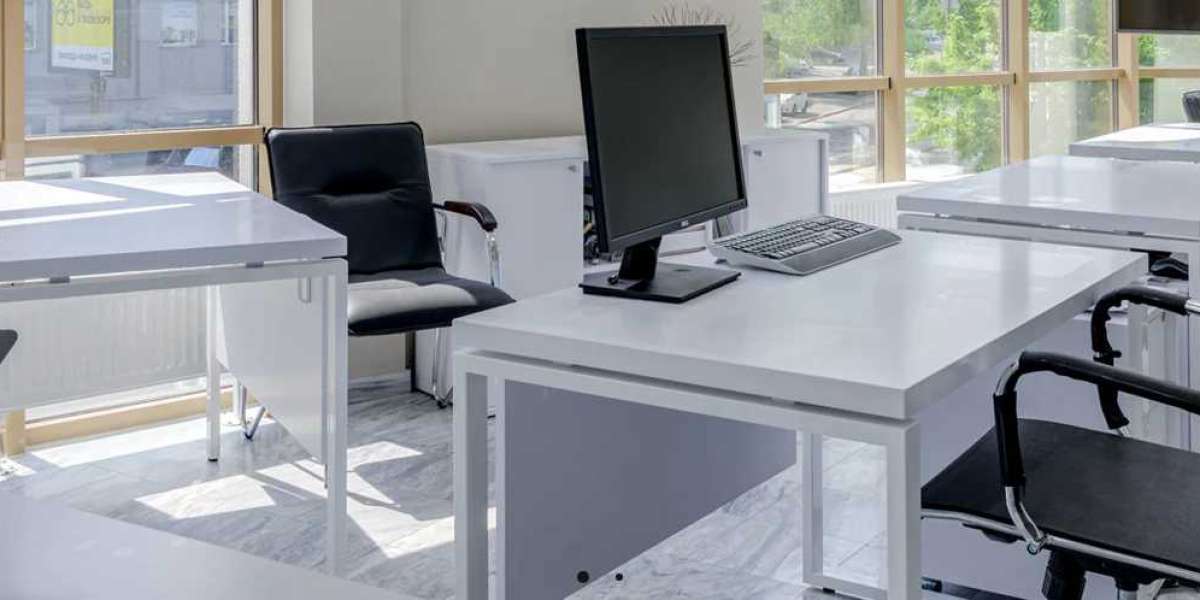Scandinavian design has profoundly influenced modern furniture with its hallmark principles of simplicity, functionality, and beauty. Originating in the mid-20th century from the Nordic countries of Denmark, Sweden, Norway, Finland, and Iceland, this design philosophy has left an indelible mark on global furniture design. Here’s a detailed look at how Scandinavian design has shaped modern furniture:
1. Simplicity and Minimalism
Clean Lines and Forms:
- Scandinavian furniture is renowned for its clean lines and minimalistic forms. The design avoids unnecessary ornamentation, focusing instead on the beauty of the form itself.
- This simplicity translates into modern furniture designs that are sleek, uncluttered, and visually calming.
Functional Aesthetics:
- The minimalist approach emphasizes functionality without compromising on aesthetics. Every element of the design serves a purpose, ensuring practicality and elegance.
2. Natural Materials and Craftsmanship
Emphasis on Natural Materials:
- Scandinavian design heavily features natural materials such as wood, leather, wool, and linen. Light woods like pine, beech, and ash are commonly used, often left in their natural state or lightly stained.
- This use of natural materials brings warmth and a sense of organic beauty to modern furniture.
Quality Craftsmanship:
- Scandinavian furniture is known for its high-quality craftsmanship. The attention to detail and the use of traditional woodworking techniques ensure that the pieces are durable and well-made.
- This craftsmanship is reflected in modern furniture that values longevity and superior build quality.
3. Functional Design and Versatility
Multi-Functional Furniture:
- Scandinavian design often incorporates multi-functional elements to maximize space efficiency. For example, a sofa might double as a bed, or a table might include hidden storage.
- This versatility is a key feature in modern furniture design, catering to smaller living spaces and the need for adaptable interiors.
Ergonomics and Comfort:
- Comfort is a cornerstone of Scandinavian furniture, with a focus on ergonomic design that supports the body’s natural posture.
- Modern furniture continues this tradition by prioritizing user comfort through thoughtfully designed chairs, sofas, and workstations.
4. Light and Airy Interiors
Bright and Open Spaces:
- Scandinavian interiors are characterized by their light and airy feel, achieved through the use of neutral color palettes, ample natural light, and minimalist decor.
- Modern furniture designs often incorporate light colors and streamlined shapes to create a sense of openness and tranquility.
Integration of Nature:
- Bringing nature indoors is a key aspect of Scandinavian design, achieved through the use of plants, natural materials, and large windows.
- Modern furniture often includes elements that foster a connection to the natural world, promoting a sense of well-being and calm.
5. Sustainable Design
Eco-Friendly Materials:
- Sustainability is an important consideration in Scandinavian design, with a preference for eco-friendly materials and production methods.
- Modern furniture increasingly reflects this commitment to sustainability through the use of recycled materials, sustainable sourcing, and environmentally friendly manufacturing processes.
Timeless Design:
- Scandinavian furniture is designed to be timeless, transcending trends and remaining stylish for years. This focus on enduring appeal reduces the need for frequent replacements, promoting sustainability.
- Modern furniture often adopts this approach, favoring classic designs that offer longevity and reduce environmental impact.
6. Iconic Scandinavian Designers
Influential Figures:
- Designers such as Arne Jacobsen, Hans Wegner, and Alvar Aalto have been pivotal in shaping Scandinavian design. Their iconic pieces, like the Egg Chair and the Wishbone Chair, remain popular and influential.
- Modern furniture design continues to draw inspiration from these pioneers, blending classic Scandinavian elements with contemporary aesthetics.
Innovative Design Solutions:
- Scandinavian designers are known for their innovative approach to problem-solving, creating furniture that meets modern needs while maintaining a simple and elegant form.
- This spirit of innovation is evident in contemporary furniture design, where functionality and creativity intersect.
Conclusion
The influence of Scandinavian design on modern furniture is profound and far-reaching. Its principles of simplicity, functionality, natural materials, and sustainability have not only shaped the aesthetic and practical aspects of furniture but also promoted a lifestyle that values quality, comfort, and environmental consciousness. Whether through the timeless appeal of classic designs or the innovative solutions for modern living, Scandinavian design continues to inspire and define the future of furniture.








